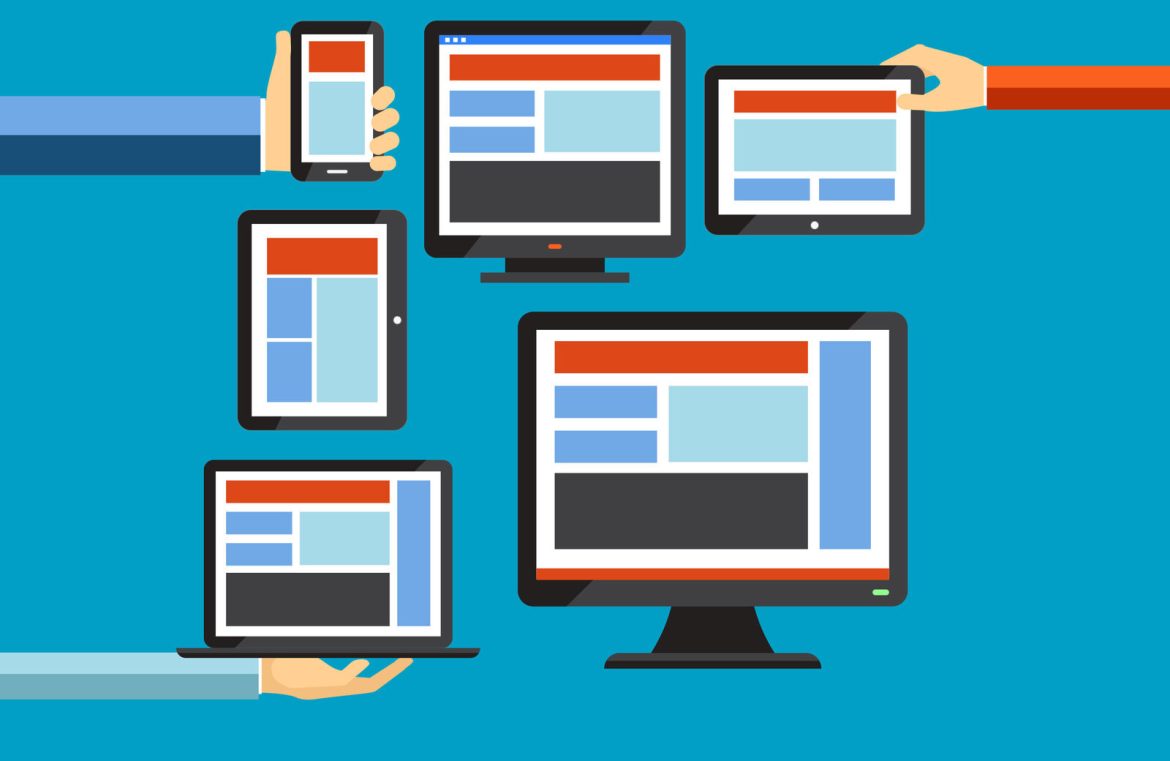The world of web design is filled with its own unique vernacular, which can seem like a foreign language to outsiders. Indeed, the web design community has its fair share of terminology, some of which can be quite whimsical and imaginative. While such jargon might seem excessive, it serves a critical function in enabling designers and developers to communicate ideas and concepts effectively with one another. The privilege of naming a new concept often falls to its originator, as was the case with Responsive Web Design, courtesy of Ethan Marcotte. [Here I playfully mock Ethan’s legacy, despite acknowledging the positive impact of RWD on my work life.] Alternatively, sometimes terminologies are coined to describe existing practices, bringing attention to them, akin to what we saw with the term Web 2.0. Enter: Intrinsic Web Design, a term bestowed by Jen Simmons, that provides a nomenclature for design methods already in use. It’s an important concept gaining traction in contemporary web design discourse, and we believe it’s crucial to provide an accessible overview of it.
Defining Intrinsic Web Design
At its core, Intrinsic Web Design hinges on the CSS Flexbox and Grid modules. Preceding these were the days of table layouts, which entailed complex, hack-like techniques using the float property, as well as absolute and fixed positioning, to arrange page elements. These methods have been well-utilized, but were essentially a collection of workarounds, which gave rise to CSS frameworks and JavaScript-enriched stylesheets built on similar makeshift foundations. The majority of websites have been constructed on such untidy front-end code, but this shouldn’t undermine the efforts of earlier web pioneers; it was the only toolset available. Now, however, we have been gifted with Flexbox and CSS Grid – layout methods that are inherently part of CSS. These innovations mark the beginning of an era where design can be executed with fewer workarounds and less dependency on external libraries, aligning with the ethos of Intrinsic Web Design.
“It’s a shift in layout and graphic design that demanded a fresh term to describe a new wave of web presentation—it includes CSS Grid, but it’s not confined to it. It also embraces Flexbox, integrated in a way true to its original purpose.”
“It’s about complementing these newer tools with traditional techniques like floats, employing CSS shapes or object-fit, embracing flow content, multi-column layouts, and considering all these elements together in a cohesive and novel system.”
In other words, Intrinsic Web Design is as much about embracing new possibilities afforded by CSS’s advancements as it is about transitioning from the limitations of the past into a space where designers are enabled by the very tools at their disposal.
The Architect Behind the Concept
Attribution for Intrinsic Web Design goes to Jen Simmons, an established web designer and front-end developer. She has an impressive resume, having worked with organizations such as CERN, the W3C, Google, Drupal, and more. Currently, as a Designer Advocate at Mozilla, she dedicates her time to engaging with the web community through speaking engagements and her production of The Web Ahead, a podcast exploring the future of the web. Her channel, Layout Land on YouTube, is an excellent educational resource on Flexbox and CSS Grid, among other web design building blocks. Also, don’t miss her interview with Jeffrey Zeldman, where they delve into the intricacies of Intrinsic Web Design among other industry topics.
The Dawn of a New Design Epoch
The implications of Intrinsic Web Design are immense; as designers begin to master these new capabilities, we anticipate a surge of innovative layouts and refined design approaches. Once JavaScript enthusiasts begin contributing, the fusion of technology and creativity is expected to reach incredible heights. This transition isn’t merely for the coders and developers; visual designers and art directors should equally immerse themselves in these evolving techniques, as understanding the potential of modern web capabilities is crucial for all involved in the design process. As the expectations and possibilities expand, everyone in the domain should look forward to exploring and contributing to this transformative period.

